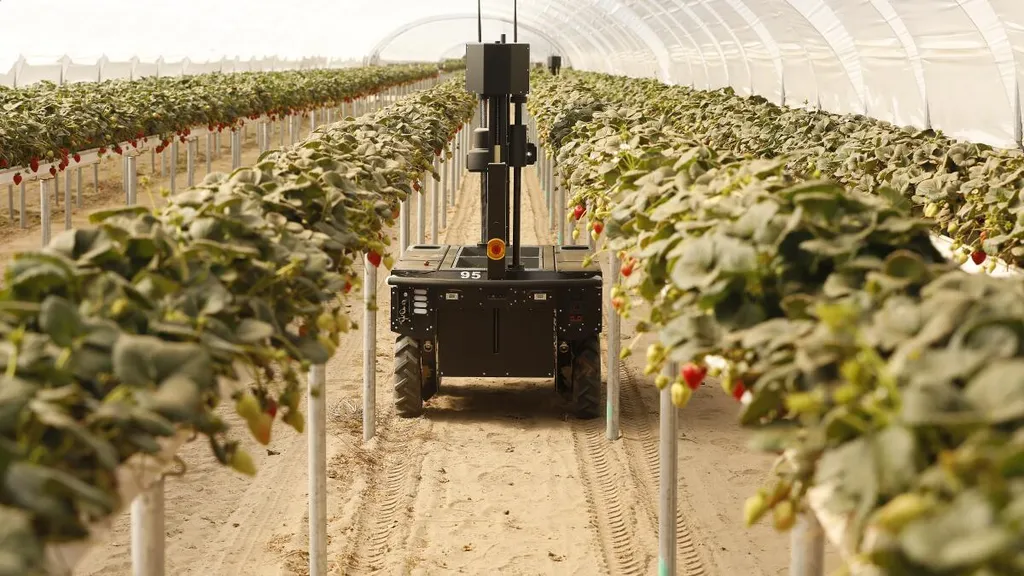In the heart of California’s Central Valley, a team of researchers led by Ali Abedi from the University of California at Merced is tackling a critical challenge in agricultural robotics: predicting power consumption with remarkable accuracy. Their work, recently published in the IEEE Access journal (which translates to “Access to Electrical and Electronics Engineers”), could revolutionize how mobile robots operate in off-road environments, offering significant energy savings and operational efficiencies.
Agricultural robots are becoming increasingly common in modern farming, performing tasks such as planting, monitoring, and harvesting crops. However, these robots often operate in unpredictable environments, making it difficult to estimate their power consumption accurately. This uncertainty can lead to inefficient energy use, reduced battery life, and even mission failures.
To address this challenge, Abedi and his team collected data from 72 real-world trials in an orchard, covering three distinct navigation patterns: structured rectangular paths, capsule-shaped circuits, and unstructured trajectories that mimic real-world field operations. The researchers then developed a comprehensive data-driven framework to predict power usage, integrating recent telemetry data with static mission parameters through an extended ensemble multi-head deep learning architecture.
“We wanted to create a robust model that could handle the complexities of off-road environments,” Abedi explained. “By combining dynamic and static features, we can provide more accurate power consumption forecasts, which is crucial for energy-aware navigation and mission planning.”
The team evaluated several models, including linear networks, convolutional neural networks (CNNs), and recurrent architectures such as gated recurrent units (GRUs) and long short-term memory (LSTM) networks. The results were promising: the linear model demonstrated the most stable cross-route performance, while the CNN achieved the lowest prediction error on structured routes. Short-horizon forecasts maintained prediction errors below 20 percent for structured paths, and long-horizon predictions based solely on prior power measurements remained within 40 percent on average.
These findings highlight the potential of lightweight, interpretable models for practical energy forecasting in agricultural mobile robotics. “Our work shows that by leveraging advanced deep learning techniques, we can significantly improve the autonomy and efficiency of agricultural robots,” Abedi noted. “This has profound implications for the energy sector, as more accurate power predictions can lead to better resource management and reduced operational costs.”
The research not only advances the field of agricultural robotics but also opens up new possibilities for energy-aware navigation in other off-road environments. As the demand for sustainable and efficient farming practices grows, the ability to predict power consumption accurately will become increasingly important. Abedi’s work represents a significant step forward in this direction, offering a framework that could be adapted for various applications in the energy sector.
In the broader context, this research underscores the importance of combining static and dynamic features to improve power estimation and enhance robot autonomy. As agricultural robots become more sophisticated, the need for accurate power consumption forecasting will only grow. Abedi’s work provides a valuable foundation for future developments in this exciting and rapidly evolving field.

